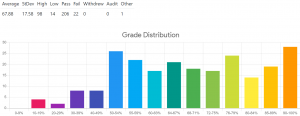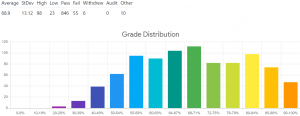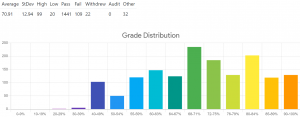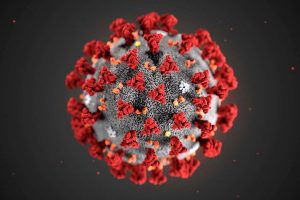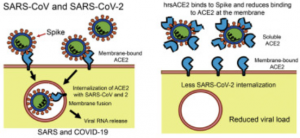This will probably be the first university chemistry course many of you will take! CHEM 121 is a first-year chemistry course that introduces the basics of chemical bonding theories.
format of the course
The course is very much similar to CHEM 123. There are canvas quizzes, midterms, and final exams. The teaching style of the lecturer will vary (mine used a chalkboard). Sometimes the concepts they teach are sort of abstract, this was one of the courses where I often sat in the lecture not knowing what was going on. However, the textbook for the course is really well designed and will simplify many of the difficult concepts presented in class
There is also a lab portion for this course (I’m a TA for this portion :D). This just consists of biweekly experiments, which is not that stressful. However, the 10 minute quiz at the start of each lab is an unnecessary pain in the butt.
gpa 🙂 or 🙁
This course will probably have a neutral effect on your GPA. It’s not extremely difficult. The exams consist of multiple choice and written answers, and as with most first-year science courses, the multiple choice will drop you a significant amount of percentage points with each wrong answer. If you follow the textbook very closely, you can do well! The average for my class was 71. Here is the distribution for winter 2018:

CHEM 121 grade distribution. Credits: ubcgrades.com
verdict? to take or not to take
If you’re into chemistry, I would take the course, as this is a prerequisite to many higher level chemistry courses. If not, I probably wouldn’t take this course.

